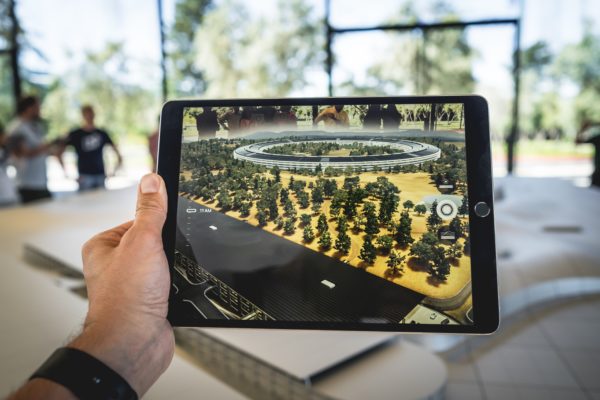The difference between running experiments in the lab and performing them on an industrial scale is vast. But Deakin’s pilot scale carbon fibre plant, Carbon Nexus, is helping researchers validate their laboratory results in a real world setting. And it’s not just Deakin researchers who are benefiting.
Dr Michael Hummel, a senior researcher in the Department of Forest Products Technology at Aalto University, Finland has been using the Carbon Nexus facility over the past two weeks to run trials on renewable carbon fibre precursors.
Dr Hummel and his colleagues have developed a new ionic liquid-based spinning technique for the production of continuous cellulosic filaments. The fibres – originally targeted for textile and apparel applications – showed high mechanical properties, which made them also interesting for more technical applications such as natural reinforcement in composite materials. But Dr Hummel needed somewhere with the necessary expertise in carbon fibre and ionic liquids together with a facility to carbonise the fibres. After a fortuitous meeting with ionic liquids researcher Dr Nolene Byrne from the Institute for Frontier Materials, he realised that Carbon Nexus could provide just what he needed.
’’Within the carbonisation process many variables exist,” explains Dr Byrne.
”Time and temperature are the obvious ones, but we need to consider the impact of other processing parameters. There are a total of 20 interrelated processing parameters which all impact the properties of the carbon fibre.
”The pilot-scale, single tow line at Carbon Nexus allows us to do research that is directly translatable to industry.”
Over the past week the researchers have run Dr Hummel’s cellulose and cellulose/lignin filaments under a range of different processing conditions and learnt a lot during the process.
”While some things we can learn by doing furnace testing, the proof is in the pudding and seeing these novel precursors run on the line was exciting,” says Dr Byrne.
Dr Hummel believes the filaments show great promise as precursors for bio-based carbon fibres.



